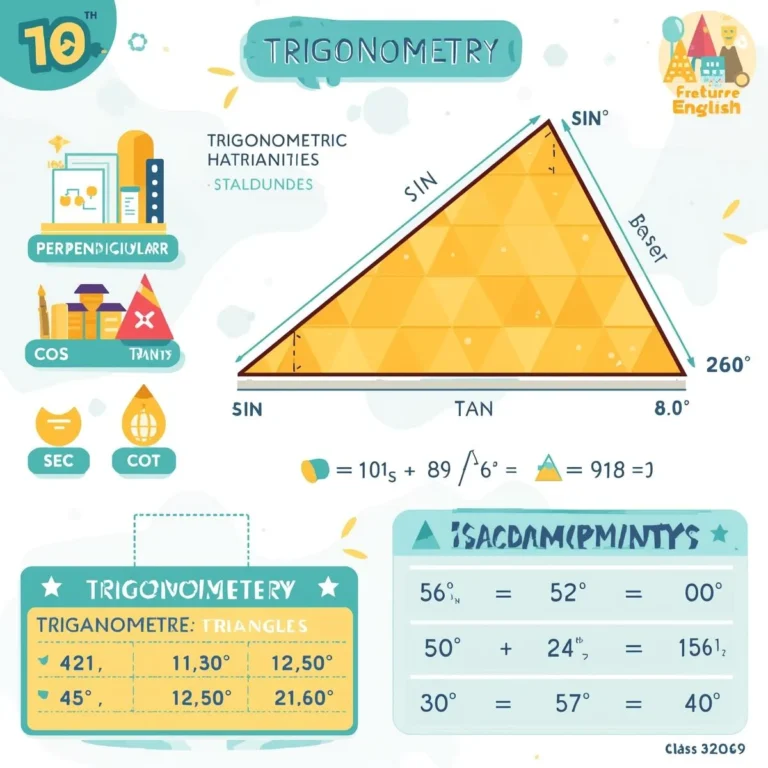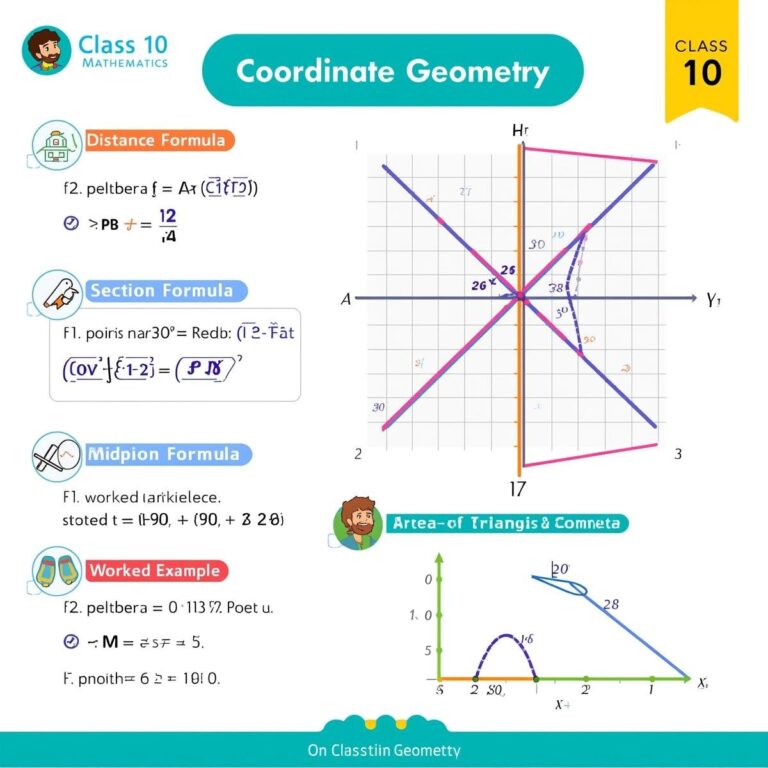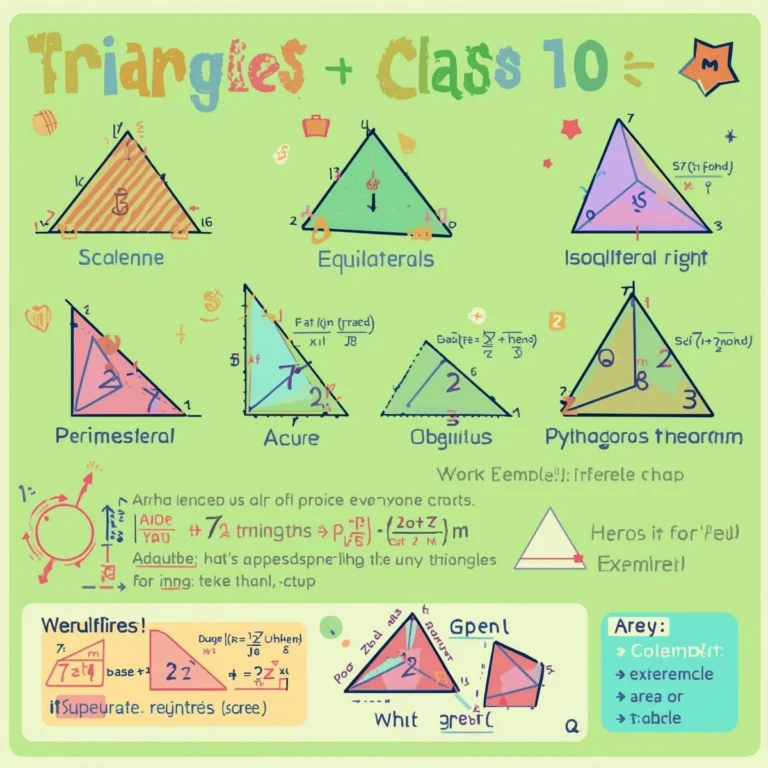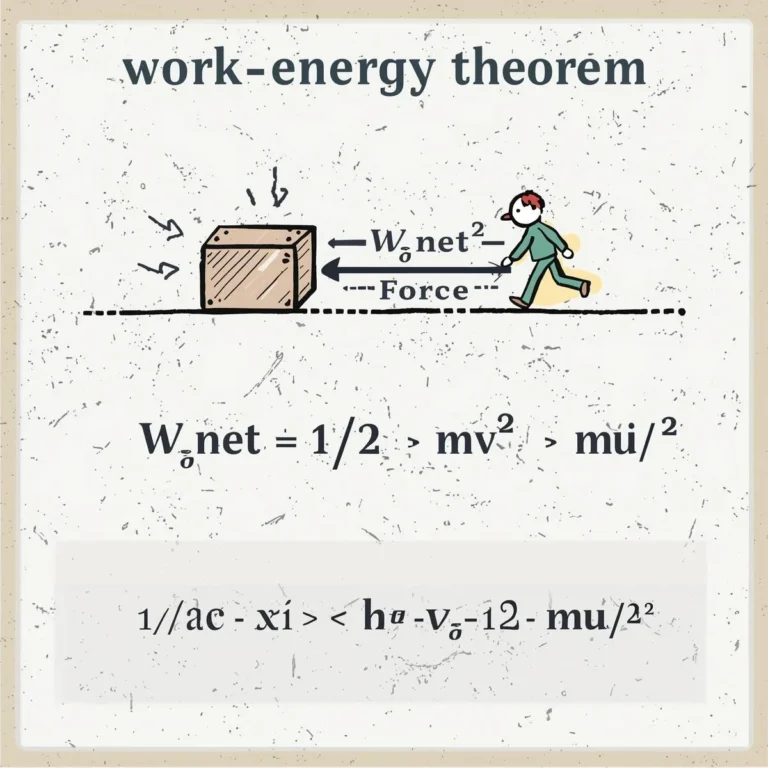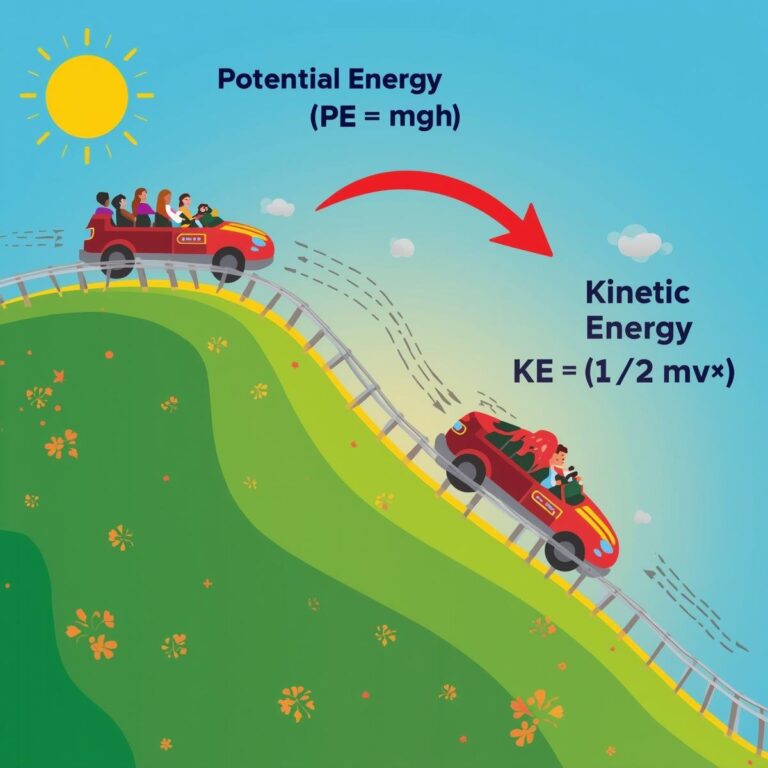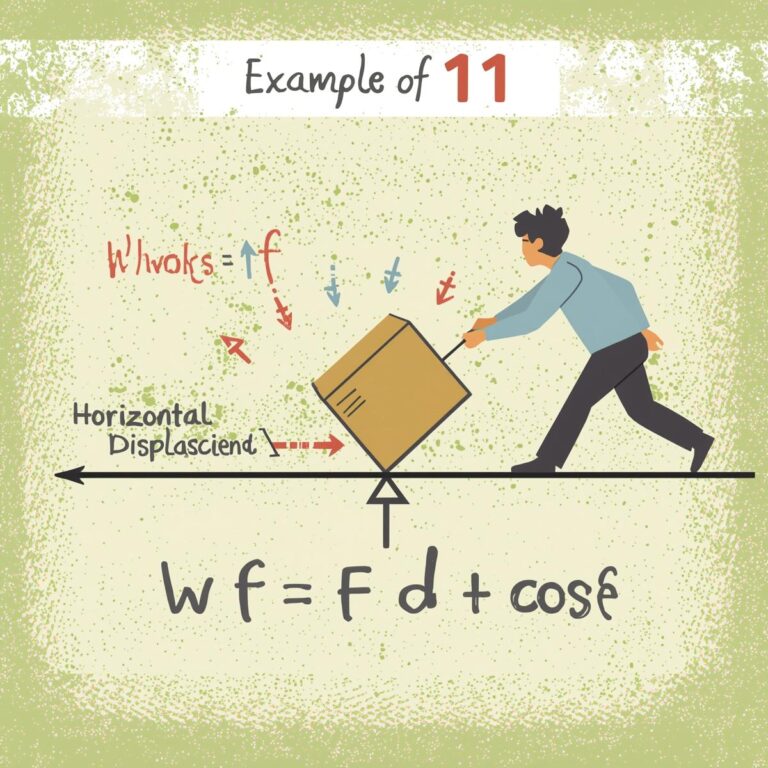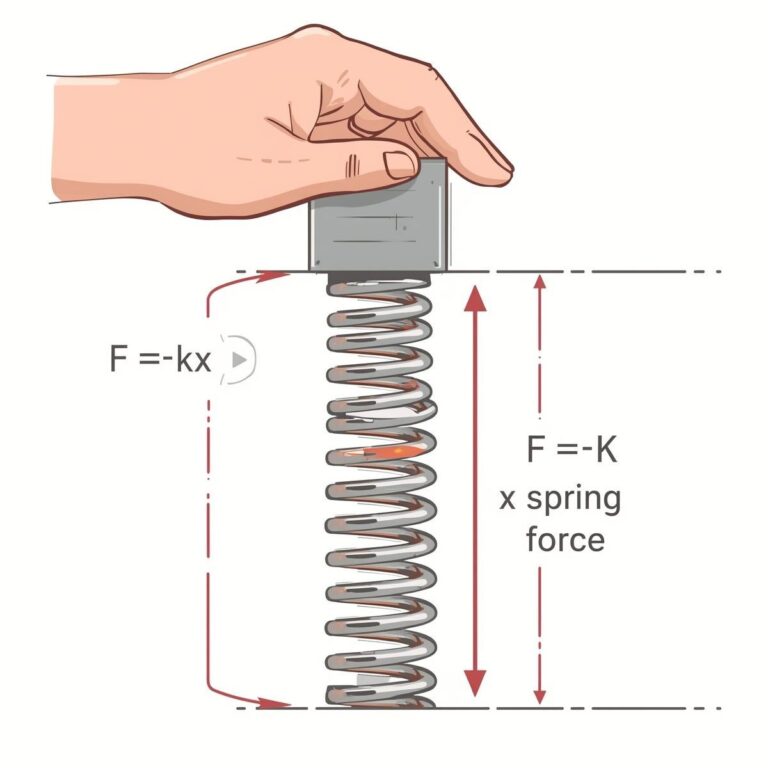1.1 DIVISIBILITY
1.1 DIVISIBILITY
A non-zero integer ‘a’ is said to divide another positive integer ‘b’ if there exists an integer ‘c’ such that b = ac Here integer ‘b’ is called the dividend, integer ‘a’ is called the divisor and H integer ‘c’ is called the quotient. (omega * b ^ 2 * c)/omega
For example: (1) 4 divides 36.
Because there is an integer 9 such that 36 = 4 * 9
(II) 4 does not divide 35.
Because there does not exist an integer c such that 35 = 4c When a non-zero integer ‘a’ divides another integer ‘b’, then write alb, which is read as ‘a divides b’ or b is divisible by a’ or ‘a is a factor of b, or b is a multiple of a’ or ‘a is a divisor of b When b is not divisible by a, then we write a b
1.2 EUCLID’S DIVISION LEMMA
Dividend (Divisor) (Quotient) Remainder
An algorithm is a series of well defined steps which gives a proenture for solving a type of problem The word afgeritet comes from the name of the 9th century Persian mathematician al-Khwarizmi. In fact, even the word algebra is derived from his book, called Hisab al-jabr w’al-muqabala
A lemma is a proven statement used for proving another statement
Euclid’s Division Algoritlus
Step 1. Apply Foclida tema to a and we find whole numbers, and such that a = by + c where 0 <= r < k
Step 2: When r = 0 then the HCF of and When then we again apply divison Lemums to and
Step 3 Continue the process the therepeat the step 2 again and again until we get remainde Then, the divisor at this stage will be the requires! HCF
Since 96 * 56 we lake 25 and 56
Euclid’s Division Algoritlus
Step 1. Apply Foclida tema to a and we find whole numbers, and such that a = by + c where 0 <= r < k
Step 2: When r = 0 then the HCF of and When then we again apply divison Lemums to and
Step 3 Continue the process the therepeat the step 2 again and again until we get remainde Then, the divisor at this stage will be the requires! HCF
Since 96 * 56 we lake 25 and 56
OF MATHEMATICS
Euclid’s Division Algoritlus
Step 1. Apply Foclida tema to a and we find whole numbers, and such that a = by + c where 0 <= r < k
Step 2: When r = 0 then the HCF of and When then we again apply divison Lemums to and
Step 3 Continue the process the therepeat the step 2 again and again until we get remainde Then, the divisor at this stage will be the requires! HCF
Since 96 * 56 we lake 25 and 56
HINTS TO SELEON
-n(n-1) n(n+1), which is the product of three consecutive positive integers.
Taken 39, 39+1 and 39 +2
1.3 FUNDAMENTAL THEOREM OF ARITHMETIC
- Take n = 64, 69 +1, 64
- Take n = 27 or 29 + 1.
- Take n = 49+1 or 49 + 3.
In previous classes, we learnt prime and composite numbers. If we recall that a positive number p is prime when
p1 and pand 1 are the only positive divisors of p.
For Example: 2, 3, 5, 7, 11, 13, 19, 23, 29, … are prime numbers.
We further know that each positive integer (other than 1) is either prime or composite. Each composite number can be written as the product of two of its factors. These factors, in turn, are either prime or composite. In case of a composite number, it can be splitted up further. We go on doing th…
